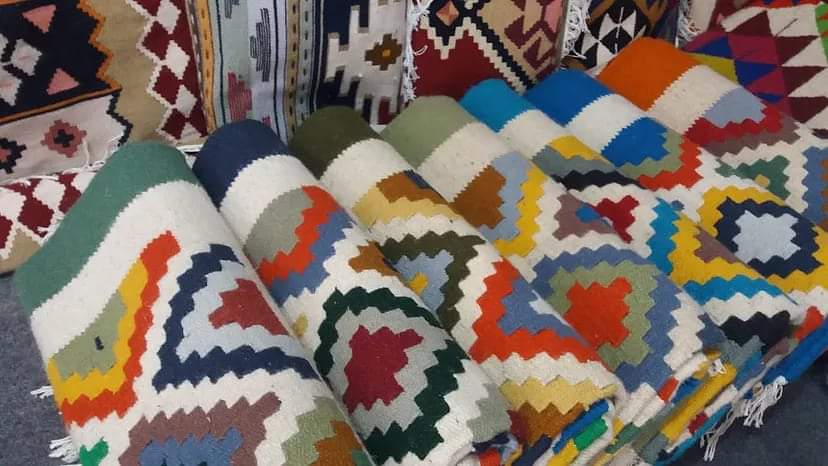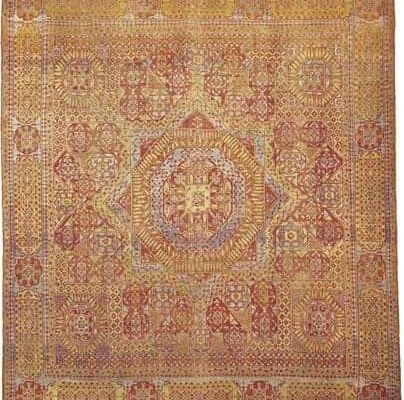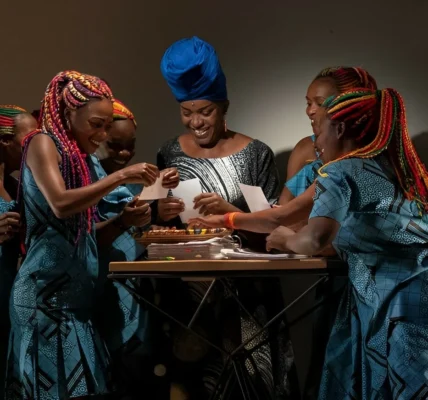Kilim is a Turkish word that means pileless textile. It refers to the pile and how dense it is because it is made using a flat weaving techniques
A kilim is a flat-woven area rug, whereas the terms “rug” or “carpet” are generally reserved for hand-knotted area rugs with piles. Because these antique rugs can be found all over the world, the name Kilim is pronounced and spelt differently in each region. Weavers producing flat-weave area rugs and carpets of this type are depicted in Homer’s Iliad and Egyptian tomb paintings from the same periods
Kilims are extremely versatile because they are made of pure wool, but they can also be made of cotton or animal hair, most commonly camel or goat hair. They can be used as divan covers, floor decor, or wall decor
History of the Egyptian Kilim
The history of the Egyptian kilim rug is both ancient and fascinating. It dates back to the Pharaonic era, more than 5000 years ago, when the first rugs were spun in the Egyptian village of Asyut. Rugs are thus one of the oldest crafts known to mankind
Rugs were made from locally available materials at the time, such as flax, plant fibers, grasses, and cotton
The supreme period of rug weaving began during the Mamluks’ rule in the 15th century, when the handcraft began to spread across various Egyptian villages
Turkish influence was felt not only in culture but also in kilim designs during the Ottoman era in the 16th century. Weavers used various color combinations and shapes, and symbols were embedded in their works to carry information across the country. Until now, the rugs’ symbols and motives had special meanings. Certain patterns are used to protect, wish, communicate, and believe
As Egyptian rugs gained popularity on the international trade market, the city of Fowa in northern Egypt became the rug hub, housing 70% of the country’s workshops
Handcraft is the backbone of the families of Fowa; weaving techniques and secrets are passed down from generation to generation and are part of the people’s heritage. However, as tourism declined, the industry began to fade
Furthermore, the kilim rug is more than just a pretty floor decoration. A popular application is a wall hanging. Back then, nomads used kilim rugs to decorate the walls of their tents and even to make rides on donkeys, camels, or other four-legged friends more comfortable. Rugs were also popular as trading items and as gifts for family and friends. It truly is a multifunctional product. Kilim rugs conceal a plethora of secrets and stories within their woven lines
The distinction between a Kilim and a Rug
Both rugs are made on a loom; traditional rugs are made on a power loom, whereas kilim rugs are made on a traditional loom, which takes more time. Kilims are more durable because they are made of natural wool, and traditional rugs last longer depending on the materials used and the amount of effort required to maintain them. Kilim rugs are more expensive than traditional rugs, but this is because they are one-of-a-kind works of art. A kilim rug is similar to obtaining a one-of-a-kind piece of art in that it can never be replicated
Harraniya Weaving Village
The School of Modern Art stands out in Giza Governorate’s Harraniya district as a clear example of modern Egyptian art
Ramses Wissa Wassef
Ramses Wissa Wassef, the founder of Harraniya’s Folk Art Center, founded this school. During one of his trips to southern Egypt with students from Cairo’s Faculty of Fine Arts, he noticed the splendor of the buildings in the Nubian villages that take the form of domes, so he accompanied a group of workers from Aswan to construct the first chambers in the Harraniya area, where everything had begun
Ramses Wissa resigned from all buildings in the Harraniyah district in 1970, because Harraniyah was known as a center of “popular art”
You will notice in that village that it was created by an artist through the extreme distinction of its handicrafts, such as carpets and kilims, spread out to be displayed in the village streets
According to the most recent statistics, 90% of the village’s population is employed in the craft of weaving handmade carpets and tableaus inspired by the landscapes within the village, which is located 15 kilometers from the Saqqara ruins and about an hour and a half from the Giza road
The used materials
The materials used are primarily derived from nature, such as wool, cotton, and natural dyes, and are all available in the village, such as tea, beans, and camphor. In addition, he imported specific seeds to achieve specific colors. He recently started using chemical colors, but botanical colors are still more expensive
The used threads are of two types: wool from local sheep, cotton threads, and silk. The loom, which is a type of wood used to fix the threads, is one of the tools used. To shape and control the threads, a square or comb can be used
The center used various arts, all of which were based on creativity, without regard for specific paintings or drawings, and thus the tableaus or the carpet. It ended up being a one-of-a-kind, non-repetitive piece of art; no matter how similar their ideas were, each had his way of expressing them on the threads




